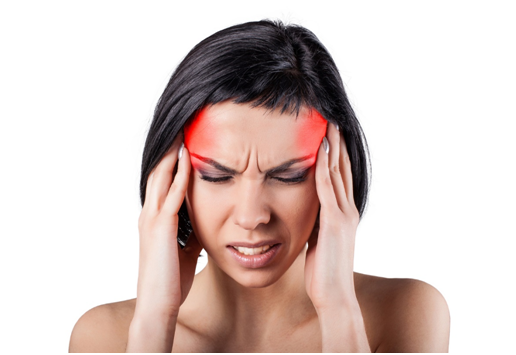Although Botox is known for its use in cosmetic procedures to smooth out lines and wrinkles, did you know that Botox has some pretty interesting alternative uses as well? It is one of the deadliest toxins in the world, but in small doses can work wonders for a variety of conditions. The toxin is currently approved for cosmetic use and for 9 medical conditions but there are plenty of patents for other treatments too. Here are some of the different ways Botox can be used in approved medical conditions and some that is might be used for in the future:
Chronic migraines
Botox is approved for use with those suffering from chronic migraines. It was first noted in 1992 that people having Botox reported less headaches than before. After some further testing and research, it was approved for use to treat migraines. A number of injections are given around the head and the effects can last for up to three months. For more information on Gloucester Botox for cosmetic purposes, see Botox Treatments in Gloucestershire by Doctor Kate.

Excessive sweating
Botox is also approved for use in those who suffer with excessive sweating. It can be used to treat the underarm area but also the hands and feet. It was first noted when people being treated for facial spasm were reporting that they sweated less, and it was approved for this use in 2004.
Overactive bladder
Botox is a highly effective treatment for patients struggling with an overactive bladder. Those who are treated with Botox report far less leakage than before as the muscles in the area are more relaxed. It has the potential to make a world of difference for those suffering with this embarrassing condition.
Cross-eyed
Otherwise known as strabismus – this is a condition where the eyes do not line up in the same direction. This was one of the first approvals for Botox outside of cosmetic treatment.
Depression
This has not been approved yet and while some remain sceptical, others believe Botox can help reduce the symptoms of depression. It works on the theory that a person’s facial expressions control their mood. Over half of those treated in research in 2014 reported a reduction in symptoms after 6 weeks.

Abnormal heartbeat
Another non-approved use could be for the treatment of abnormal heart patterns following heart surgery. This is still being investigated as to whether it can sufficiently benefit those who have undergone life-changing surgery.
Cold hands
Some people suffer with a condition that leaves them with icy cold hands. Studies are ongoing as to whether Botox injections into the hands helps to relax constricted blood vessels and poor circulation. Relaxing these muscles means blood flows better to the fingertips and relieves the symptoms that people are experiencing.
Cleft lip scars in infants
For the thousands of babies born every year with a cleft palate and/or cleft lip many must undergo traumatic surgery. Scarring on the face is a major problem and it is hoped that in the future, Botox could be injected into the scars, keeping the muscle still and allowing it to heal better.
